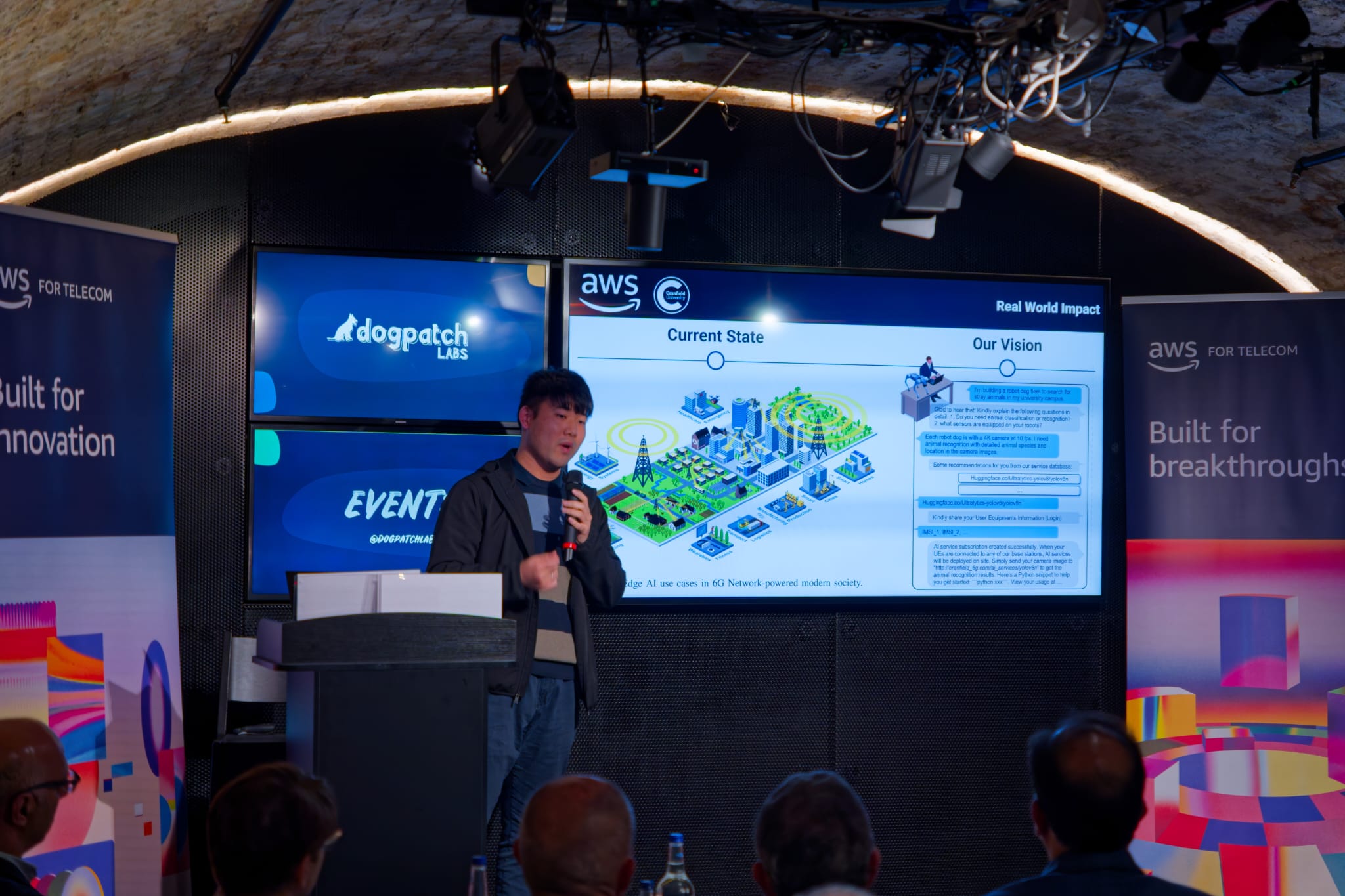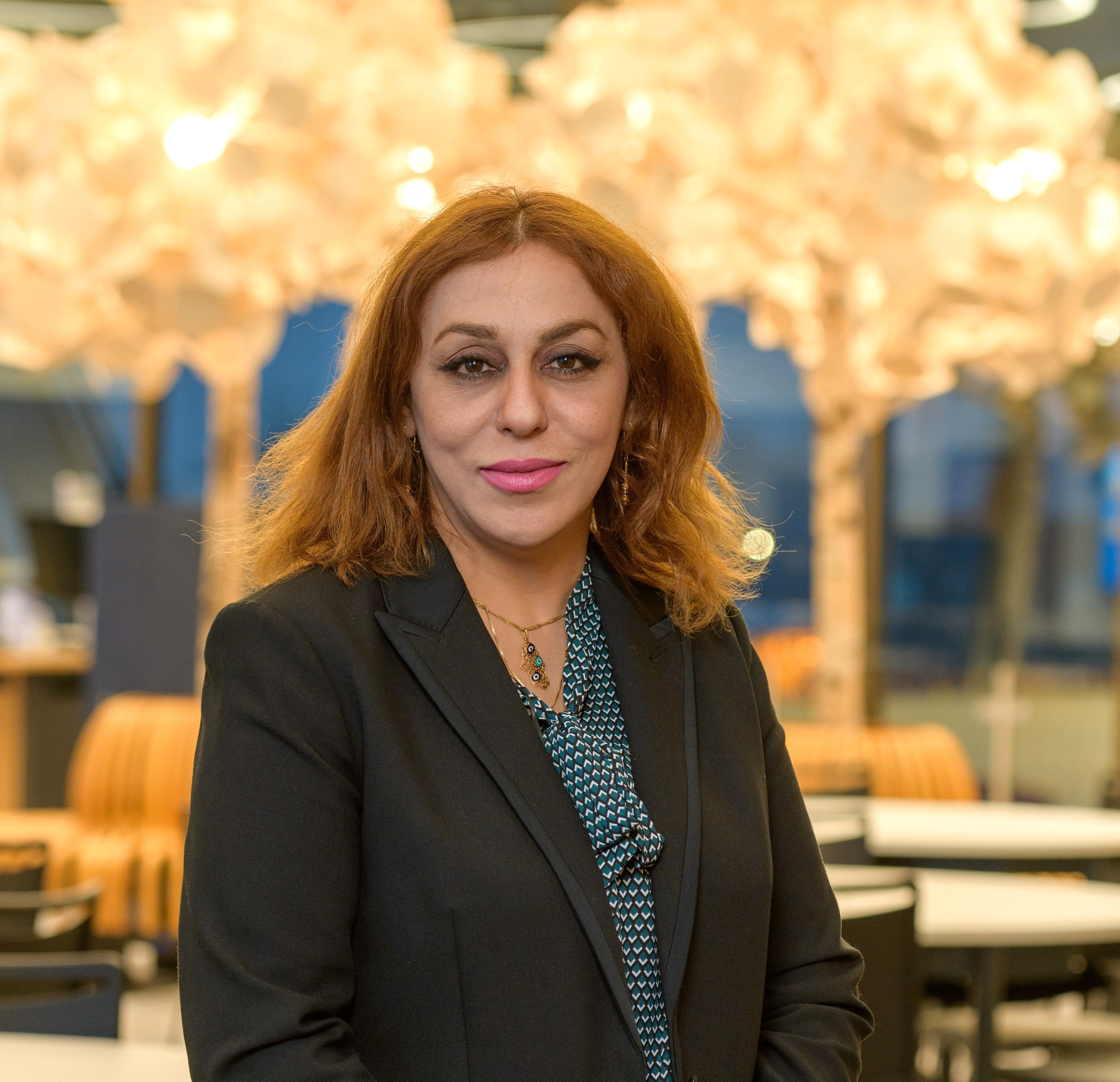New funding to develop next-gen wireless communications systems
14 Jan, 2025

Engineers from the University of Glasgow are teaming up with colleagues from the Tyndall National Institute’s Wireless Communications Laboratory (WCL) for the project, called Active intelligent Reconfigurable surfaces for 6G wireless COMmunications or AR-COM.
They will work with key industry partners to improve the design of smart materials – intelligent reconfigurable surfaces (IRS) which are expected to play a key role in the ultrafast 6G wireless networks of the future.
Tyndall’s WCL, based at University College Cork, was founded in 2020 by three former scientists from Nokia Bell Labs – Holger Claussen, Lester Ho and Senad Bulja – to boost Tyndall’s research activities in the communications space.
AR-COM is supported by £1m in funding from UKRI’s Engineering and Physical Sciences Research Council (EPSRC) in addition to € 500K from Research Ireland.
Over the next three years, the AR-COM partners will work on developing new materials and techniques to help IRS technologies reach their full potential within the millimetre-wave and terahertz ranges of the communications spectrum.
Intelligent reflecting surfaces (IRS) can intercept weak wireless signals, both indoors and outdoors, and actively direct them to devices. In the process, they amplify the signal strength to maximize overall performance.
As demand for improved indoor wireless coverage grows, IRS technology could offer better mobile reception in buildings with poor signal, enable more reliable high-speed internet, and support the emerging 6G applications that will require ultra-reliable wireless connections.
The AR-COM project will unfold in four key stages of research and development. In the first stage, the focus will be on creating advanced switches using transition metal oxides (TMOs), materials that allow precise and rapid control over wireless signal strength.
In the second stage, the team will explore ways to control the direction of wireless signals. They will study how signals interact with specially designed layers of metal and TMO materials and develop techniques for steering signals around obstacles in complex indoor environments.
The third stage will involve the creation of miniature signal amplifiers using resonant tunnelling diodes (RTDs), devices that can boost weakened signals with minimal power consumption
The fourth stage will integrate all their developed elements into a full functional IRS system which will manipulate wireless signals with no signal loss and low latency, maximising signal quality in the most challenging of environments.




